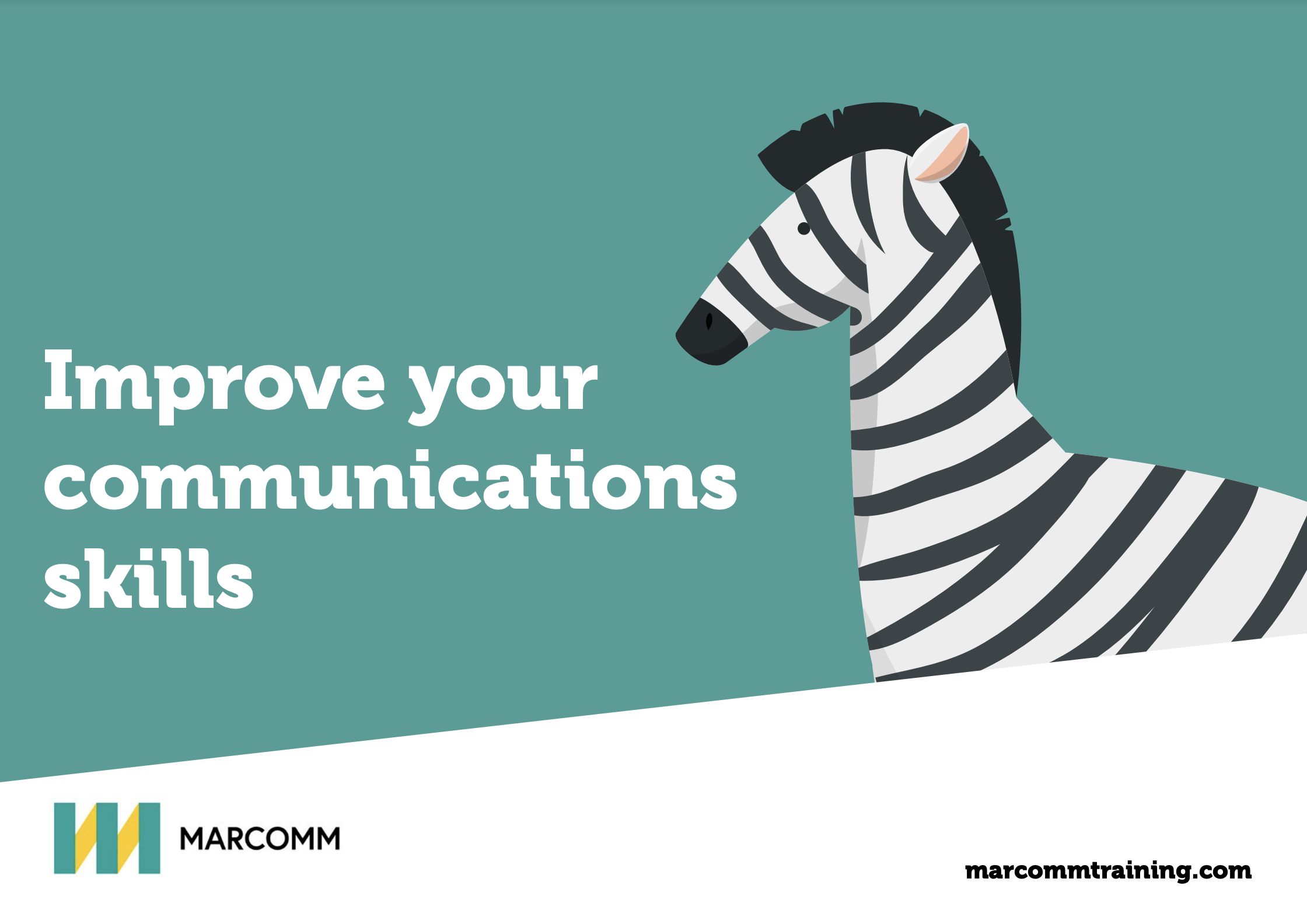Around this time of year, I normally spend a couple of weeks on the road travelling the length and breadth of the island running investment pitch masterclasses as part of InterTradeIreland’s Seedcorn Competition. The masterclasses are all about helping businesses to present their business propositions to investors and improve their ‘investor readiness’. This year has been very different. All the pitches have been delivered via Zoom.
As a businessperson or an entrepreneur, being able to pitch or present your business idea is a core skill. Whether it is a presentation in front of potential investors or a 30 second elevator pitch to someone you want to connect with, it is important that you know how to do it well.
Having sat in on 26 virtual pitches, it has been my privilege to listen to these really innovative businesses and to experience first-hand the entrepreneurial spirit and drive of the business owners. And more importantly how they have mastered the art of presenting effectively online.
Here is what I have learned from observing business pitches and presentations.
1 Have an ask:
Think about who you are talking to, why you are talking to them and for what desired outcome. If the primary purpose of your presentation is to raise finance, then you need to clearly articulate the ask from the outset. State your requirement up front. This will help you to shape your key messages and deliver a pitch that meets the needs of the investor.
2 Content and slides:
Attention spans are short in the virtual world. Keep content concise and relevant. Work on an impactful introduction by using an interesting statistic or story. When it comes to slides, less is more. One idea per slide. Avoid a wall of written text that just distracts from your message. A good presenter knows it is the combination of visuals and voice that delivers a powerful pitch.
3 Deliver with energy:
It takes more effort to deliver a pitch with energy and passion in a virtual setting. In person it is easier to convey your personality, but over a virtual format it is easy to revert to a monotone delivery. Dial it up. It may help to speak from a standing position. It will allow you to breath better and add energy to your pitch.
4 Eye contact:
Good eye contact helps make a connection. Though it is tempting to maintain eye contact with the image of the person on the screen, the correct way to maintain eye contact is to look directly at your camera. It is not easy. Raising your laptop off the desk will help.
5 Look professional:
This one seems so obvious, but it is one I have had to mention to several clients. If you were presenting to a potential investor face to face, it is unlikely you would turn up in casual attire. Why is it different in a virtual setting? Be professional and dress like you mean business at least from the waist up!
6 Lighting and background:
Pay attention to your lighting and what your audience sees behind you. The best approach is to have natural light in front of you. If you are using lights have them slightly above or in front of you. Go for warmth instead of very bright harsh lighting. Make sure your background reflects your professional image. Clutter, untidiness distracts your audience.
7 Rehearse, rehearse, rehearse.
In one of my previous blogs “Effortless delivery takes real effort” I talked about the importance of upping your rehearsal game. In fact, more so with virtual delivery. There are more elements to get right. Replicate the real-life scenario in your rehearsal. Test the technology. Observe your voice and hand movements. Practice your pitch over and over until it absolutely flows. Leave nothing to chance.
While virtual pitches and presentations have been thrusted upon us as result of a global pandemic, virtual delivery is here to stay. With some additional thought and a little practice this too is a skill any good presenter will master.

